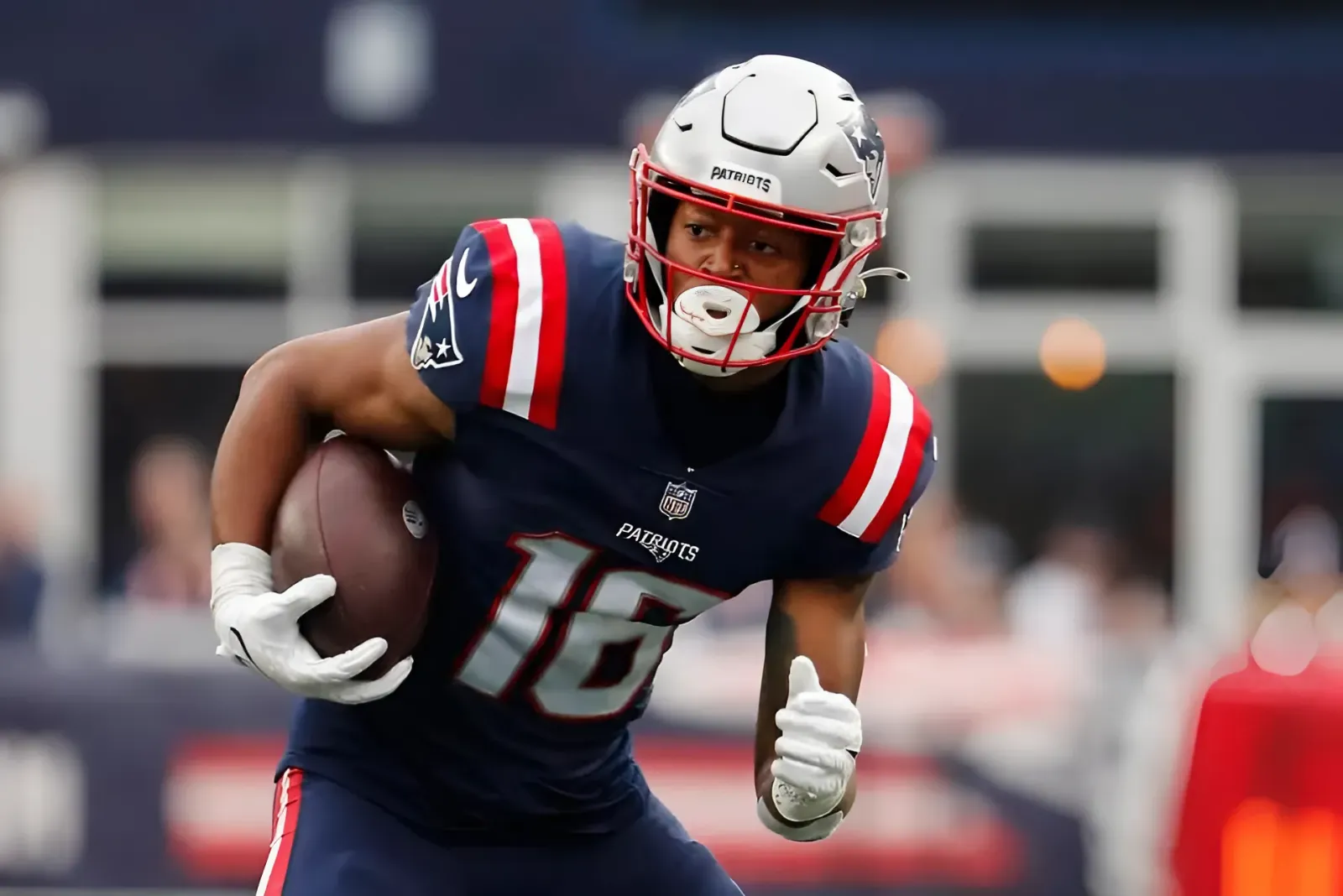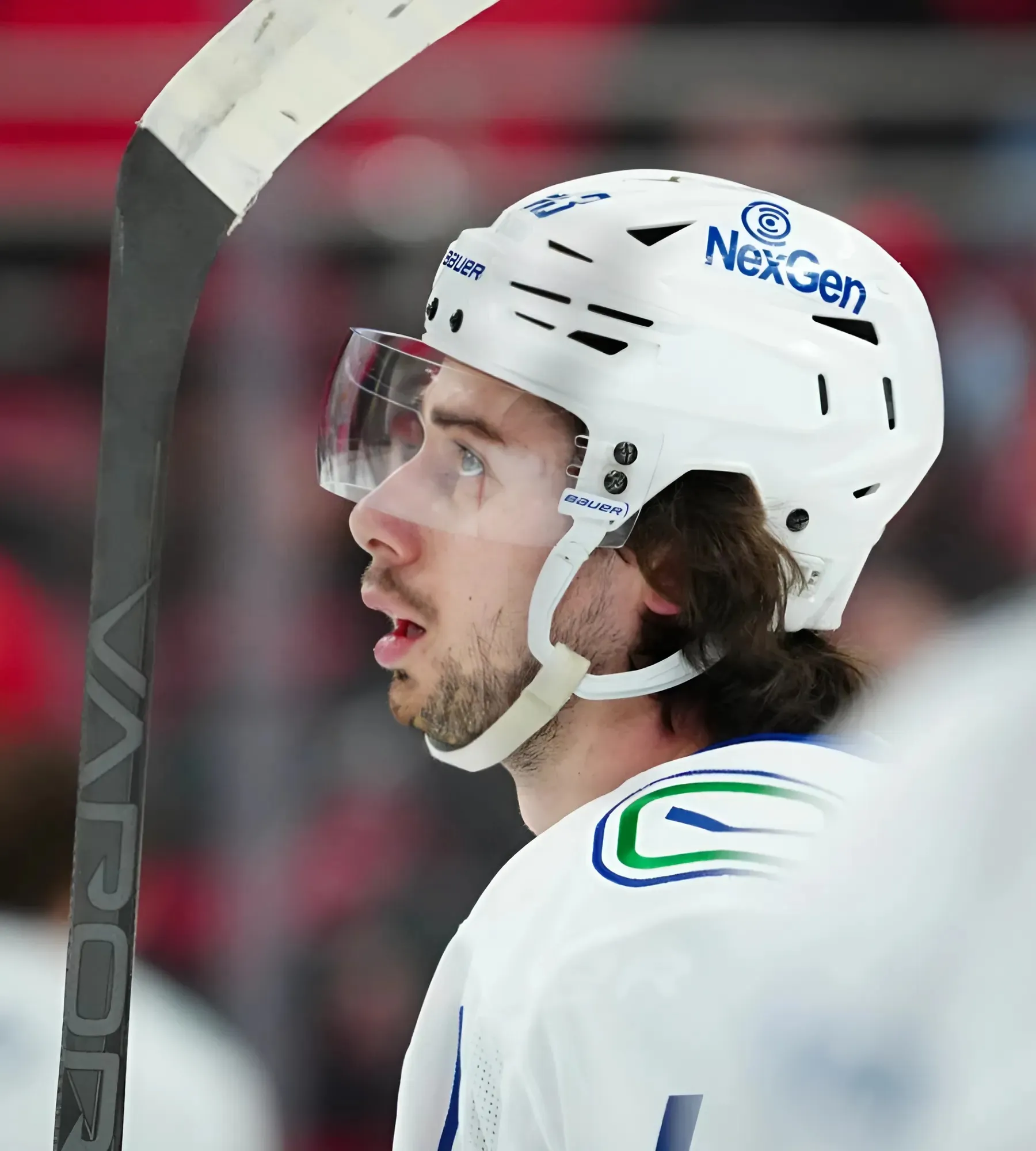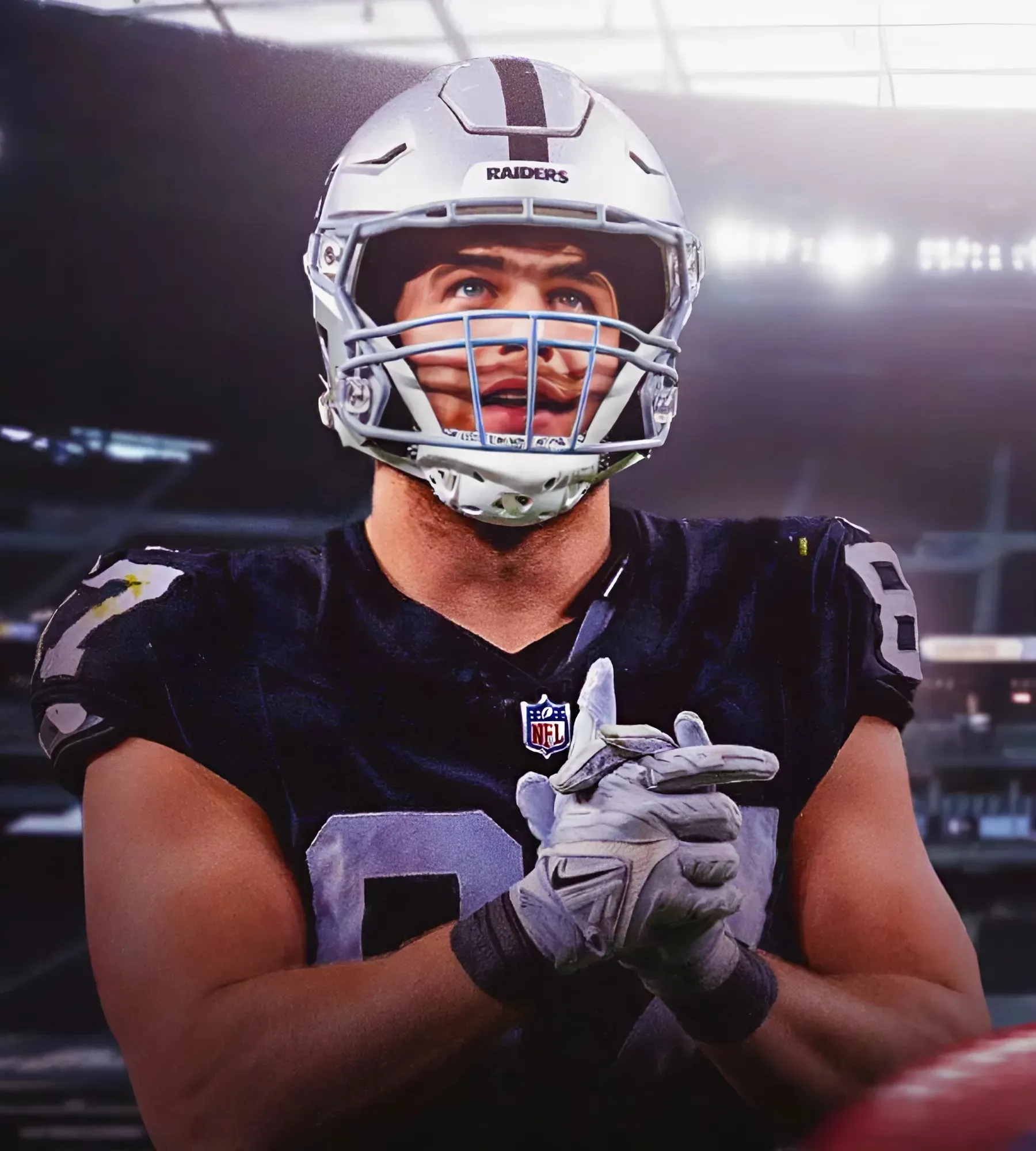This was supposed to be a year that New York Jets fans never forget. It likely still will be, but for nowhere near the reasons initially expected.

After years of assembling significant draft capital, swinging freely at attempts to get the quarterback position right, and aggressively targeting veteran talent, this team was supposed to have a breakthrough.
Finding a roster capable of putting an end to the team’s miserable playoff (13 years) and championship (54 years) droughts has been anything but easy for the Jets, but a fast and ferocious defense in the past several years had new hope on offense, thanks to the health of Aaron Rodgers and significant investments into veterans along the offensive line.
It hasn’t mattered.
The Jets started the season 2-1 with wins against the Tennessee Titans and New England Patriots and have promptly gone nuclear. Head coach Robert Saleh was fired after a loss to Minnesota in an international showcase in Week 5, with general manager Joe Douglas lasting less than another two months.
The Woody Johnson Dilemma
The reports from The Athletic this week of team owner Woody Johnson’s involvement in the team’s transition from “the year” to “a nightmare” are, in a word, troublesome.
On Oct. 8, Johnson made a unilateral decision to fire Saleh without consulting his general manager (or anyone else in the organization, for that matter). But really, Douglas’ free will as the GM was stripped away long before that. - The Athletic
The leadership vacuum left behind by Saleh’s firing seemingly sucked all the wind out of the organization — that move was made unilaterally by Johnson on the heels of Week 5. By all accounts, Jeff Ulbricht is a beloved coach by the defensive players in the building. However, his elevation as an interim coach has left the team spread even more thin from a coaching perspective.
This was already perceived to be an issue before the season, as Saleh and the rest of the team courted an offensive mind to come in and aid then-offensive coordinator Nathaniel Hackett. The team didn’t have a formal title to dangle to the attractive candidates for the position, and the Jets struck out in their attempts to fortify the offensive assistant staff.
Rodgers’ relationship with Hackett was likely a major reason the Jets, despite obviously having concerns with that side of the ball, didn’t formally move on from Hackett and bring in a name they liked more.
It all underscores the truth about the Jets. The attempt to assemble a team in East Rutherford has simply yielded a roster with individual talents — not a team. As the Jets try to pick up the pieces from here, they will have to dig through all the mess and noise to address the root of it all. That is easier said than done.
Woody Johnson needs to make a decision. He’ll make plenty, but there’s really only one that will put this rudderless Jets team in a good direction for the future. The question itself is fairly simple:
Do you want to be a hands-on or hands-off owner?
The reports this week about Johnson’s involvement in the running of the organization seem to indicate he’d like to be the latter. And, given that it is Johnson’s team, he’s well within his right to do that.
But Johnson has owned this franchise for a quarter-century. His early tenure hires of Herm Edwards, Eric Mangini, and Rex Ryan all yielded at least one playoff appearance, for better or for worse. Ryan twice led the Jets to the AFC Championship Game.
Still, they have not been back to the playoffs since. This year will mark 15 years without an appearance in the postseason, and the team has finished last in the AFC East seven times in the last 10 seasons. The franchise has a .430 win percentage since Johnson took over the organization, with the team posting the fewest wins in the NFL during the last 10 seasons prior to the start of this season (55).
Johnson must decide what is most important to him — exercising his right as the team's owner to be hands-on or giving this organization the best possible chance to authentically change the results on the field and not just assemble talent but really build a team.
If Johnson wants to continue as normal, the team can go about its business of hiring all kinds of GM and coaching candidates when the season ends and try to press forward — although the outlook of New York as a prospective job will likely be met with some hesitation from some of the top names on the market who will have their pick of a gig.
The Detroit power combination of Ray Agnew and Ben Johnson is a popular fan choice, but Johnson has been very, very selective in his flirtations with becoming a head coach. He’s turned down much better gigs than what the current state of affairs is in New York.
If Woody Johnson really wants to turn this football team around, the first decision he should make is to hire an experienced lead for the football operations. If Johnson is willing to make that commitment, he should take his hands off the wheel and let that person run the show.
Of course, that is easier said than done. However, it gives the Jets the best chance to correct their course after a decade and a half of spinning their tires and not getting any closer to the collective goal of a championship.
If the Jets commit to hiring a senior executive, they’d want someone with a history of success running a different organization to help steer the command of a new direction with the Jets. The biggest argument for this lies in the seniority of this executive, who could pull in discussions with Johnson over the direction of the roster and personnel moves.
A first-time lead in that chair would likely be more willing to succumb to the desires of the owner. As Joe Douglas said in the final weeks of his time as the Jets’ general manager, “I serve at the pleasure of the owner.”
That cannot be the dynamic of the Jets' next lead executive. Names like John Dorsey, Scott Pioli, and Thomas Dimitroff come to mind — as legendary figures like Ozzie Newsome and Kevin Colbert will be unlikely to come out of retirement and feel like a pipedream for the Jets.
Dorsey has connections to popular GM candidate Mike Borgonzi, who is the No. 2 in Kansas City’s football operations. Borgonzi served as Dorsey’s assistant director of pro scouting and director of player personnel during Dorsey’s tenure as the GM from 2013-2017.
Borgonzi also served as a pro scout under Dorsey’s predecessor in Kansas City, Scott Pioli. These preexisting relationships, plus a change in the front office dynamic in New York, could help change the perception of the gig.

A Roster Purge Is Coming
When you really boil down the roster's state, New York has some young talent to build around. It has accessible salary cap space, although it'll certainly pay an extra premium on free agent dollars as it bids against cheaper places to live.
One thing the Jets will almost also assuredly have? The opportunity to add a new quarterback. Rodgers turns 41 in just a few weeks and will be owed a $35 million option bonus for 2025. Given Rodgers’ hand in how this season has unfolded and the lack of a long-term outlook at the position, he figures to be a salary cap casualty if he does not retire.
The ramifications of such a move would likely come with a post-June 1 designation, allowing the Jets to split his remaining dead cap across the 2025 and 2026 seasons. The team would carry his $23.5 million cap charge through June 1 and then open up $9.5 million in cap space for next season, with dead cap figures of $14 million for 2025 and an additional $35 million for 2026.
New York’s talent purge shouldn’t stop there. The Jets should explore what kind of value they can find for WR Davante Adams on the trade market. Adams turns 32 on Christmas Eve and will be owed more than $35 million in cash in each of the next two seasons.
With young talent like Garrett Wilson on the roster, this kind of investment beyond the “all-in” approach the Jets embraced this season is short-sighted and a misappropriation of assets. There will be sunk cost involved, for sure. However, that is the nature of making sweeping changes. Ignoring the inevitability of sunk cost at this stage will only prolong the process of getting realigned and optimized for a competitive window. Offloading Adams would save the Jets nearly $30 million in cap space.
Names like WR Allen Lazard and K Greg Zuerlien should be cut from their remaining commitments. The Jets can save more than $9 million between those two cuts for 2025 alone. Franchise cornerstones can and should be restructured to generate an additional $11.5 million in cap savings.
These basic moves can push the Jets from a projected $32 million in cap space for 2025 to more than $80 million in cap space, plus an additional $9.5 million in relief coming after June 1 for the hypothetical Rodgers departure.
From that point on, New York's challenge should be prioritizing its internal talent and deciding which players are long-term pieces of the puzzle.
Finding The Right Pieces
OG Alijah Vera-Tucker is plenty talented, but injuries have short-circuited several seasons. He’ll play in 2025 on a fifth-year option price of more than $15 million, fully guaranteed. If he’s to be considered a piece of the long-term puzzle, he is a viable extension candidate.
Star CB Sauce Gardner becomes extension-eligible and figures to be in line to reset the cornerback market, even if he’s not playing the best football of his career this season. Fellow CB DJ Reed is on an expiring contract.
He just turned 28 years old — is he a player who is given a competitive market contract as he creeps closer to 30? Star LB CJ Mosley is an aging veteran and entering into a contract year in 2025. Do you keep him at the helm beyond next season? If so, he’s another extension candidate.
I would let Vera-Tucker ride out the 2025 season. The injury risks there are too steep. However, paying both cornerbacks should be at the top of the "to-do list." They are the identity of the Jets’ defense and a tremendous starting point for any defensive coach stepping into the role of a defensive play-caller.
The Jets should probably let Mosley play out 2025 as well. His deferred salary cap dollars make him an unsensible player to move on from, and his leadership ability should be a welcomed piece of a new regime. But after his contract expires, the dollars will stop making sense for an older off-ball linebacker.
The same can be said for veteran OT Morgan Moses, who is on an expiring deal this offseason. The Jets would be well within their rights to explore bringing him back on a short-term deal for his steady presence on the line and more draft flexibility in April — but they should be stingy on the price.
He’s reaching the tipping point that many offensive linemen fall off. The same cannot be said for OT Tyron Smith. His market was fairly withered before the Jets landed him in free agency. Smith is now dealing with a neck injury after battling major injury issues for the final few years of his time in Dallas. He hit the market with 2024 first-round pick Olu Fashanu ready to take that spot.
The outward personnel moves will be dependent on the coaching staff the Jets commit to, but their defensive approach has plenty of proof of concept with this nucleus of talent. They need more interior defensive line talent, they need to overhaul the safety room, they need to figure out a plan for Haason Reddick (also an expiring contract), and they need to find a long-term successor for Mosley.
That is assuming they run a similar scheme to what Saleh and Ulbricht embraced. Offensively, the slate is clear.
There’s young talent in RBs Breece Hall and Braelon Allen, WR Garrett Wilson, and a strong foundation for offensive line play with Fashanu and the return of the entire offensive interior. This young nucleus needs direction and a cohesive offensive scheme — which is why it would probably be wise to lean into an offensive-minded head coach for some stability on that side of the football.
This need for stability is compounded by the fact that there is no long-term answer at quarterback. The Jets should not go crazy and hunt down a young draft pick, no matter what. This year’s class has some options, like Cameron Ward from Miami and Shedeur Sanders from Colorado.
If the Jets organically finish in a position to draft one of the two, they should do so expeditiously. But if they land on the outside looking in, as they currently sit No. 7 in the draft order, they should show some restraint, embrace veteran QB Tyrod Taylor in the short term, and draft a quarterback on Day 2 to kickstart their process.
If the rookie can't beat out Taylor in 2025, the process can begin again. The next two months will be critical for the Jets in discovering just how viable a top quarterback prospect is for their offseason plans. Winning now will, unfortunately, work against them in the spring.
This is the uncomfortable reality of swinging on a future Hall of Fame quarterback in the twilight of his career — although the Jets should find plenty of solace in the success stories of names like Sam Darnold and Baker Mayfield in recent seasons.
Can they find their own reclamation prize if they’re outside the strike zone for drafting a quarterback early? Jameis Winston, Justin Fields, Sam Darnold (unlikely!), and Zach Wilson (even more unlikely!) headline prior starters who are set to hit the market.
Trey Lance could be an intriguing wild card to add and allow to compete with Taylor, too — although his lack of playing time in Dallas without Dak Prescott in the picture is concerning.
The silver lining for the Jets is it sounds like they are committed to a full reset. There are much worse alternatives, like burying one’s head in the sand to the issues at hand entirely or, even worse, a half-reset. The Jets have started the necessary steps to achieve a realignment. They’ll need to finish the job after the season, tip their cap to Rodgers & company, and send them packing, too.
The challenge is nailing the operations at the top. While most candidates for coaching and general manager positions go into interviews to sell themselves to the teams, the Jets feel like a team that has to sell itself to the candidates.
It’s up to Johnson to change that perception, which may start with a senior executive hire before the other dominoes can fall correctly into place.



